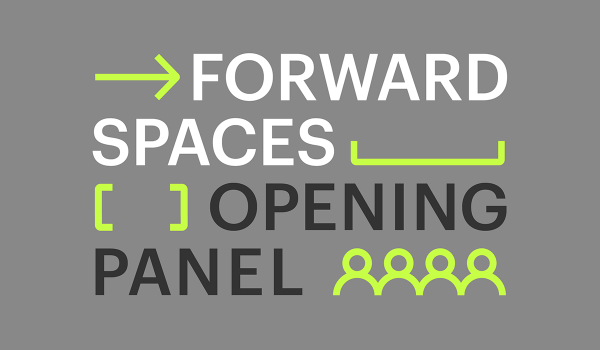Last week in Kentucky, Rand Paul won the Republican nomination for the opening Senate seat by a wide margin — or a “Randslide”, if you will. Should he win in the November midterm, he will be the first “card-carrying” Tea Partier to go to Washington and actually be able to yell at lawmakers inside the Capitol building.
The mainstream media has framed this small victory — the Republican candidate is not going to lose in Kentucky — as a seminal moment for the Tea Party: Finally, it has a chance to try out its platform in D.C. Some bloggers, like Combat Blog’s Dan Brooks, have pointed out that this could prove problematic for a party that is fundamentally opposed to any and all forms of government intervention in free markets, except for the massive entitlement programs that most Tea Partiers support, and benefit from: Medicare and Social Security. Their rhetoric, it seems, will have to come to terms with the reality of the legislative process, and the impracticality of their platform might come to light.
Paul is only one of literally dozens of lawmakers that will make up the 112th Congress, so the Tea Party won’t have a way of enacting their policies — if they truly have any — for the simple fact that legislators have to put policies to a vote. But that shouldn’t keep people from thinking about what it might be like if they did. So, keeping with this trend of counterfactual, hypothetical “reporting,” I’d like to take us on a thought experiment about what a city might look like if the Tea Party were truly in control of federal urban policy. Ironically — I think, given the Tea Party’s obvious exurban/rural bent — some of the policies, or lack thereof, might actually have a good effect on cities. But only if you don’t think very hard.
This thought experiment is difficult in one sense, because it’s not entirely clear what the Tea Party wants, and what they think Washington would look were they to successfully do away with most cabinet-level departments. In another sense, it’s easy, because I’m free to pick and choose hypothetical policies, and tell you what I think the likely outcomes would be. (This is not an academically rigorous exercise.)
Let’s pretend that, in 2012, our new Tea Party president dissolves the Department of Transportation, and leaves the funding of roads and transit to the states. State DOTs, which are more or less way-stations for US DOT money, would be seriously cash-strapped, and no longer able to maintain their highways and state roads as well as they could in the past. Public transit would suffer, too, but, by and large, they don’t rely on federal funding for operating costs, but rather for capital projects and the like. Highways would likely suffer more over the years, which could lead to two possible outcomes: disrepair or privatization. Privatized roads would mean tolls, and probably congestion pricing, if they want to remain effective and competitive. Not a bad transportation policy, if you support multi-modal transit; with increased costs on driving, private transit providers might be able to compete.
Combine this with Rand Paul’s desire to keep Washington from subsidizing any individual form of energy, and you have a way-far-left vision for urban America. No longer would Washington subsidize a suburban lifestyle so harmful to the environment, public space, our economy, etc. Ironically, this faux-Jeffersonian vision of democracy reflected in how we built our once-agrarian suburbs seems to be the central organizing myth of the Tea Party; destroying our suburbs would rob the Tea Party of their odd combination of subsidized privilege and perception that the government is constantly intervening in markets to their disadvantage. This, like the Tea Party’s love for our largest entitlement programs, would probably still not cause any cognitive dissonance for a Tea Partier, maybe for the fact that it’s hard to think when you’re yelling so loudly.
Confused Tea Partiers no longer able to get to work in the city could, of course, find a cheap rental within city limits. Just check out one of the old 60’s-era HUD-built housing projects that has been privatized, and brought to somewhere near market-rate. Its former tenants, many of whom relied on public assistance to buy groceries and other basic necessities, will be out in the streets, looking for work. They will have nothing, because you said they deserved nothing. This could get interesting! Perhaps this hypothetical Tea Partier could get a taste of real class conflict, instead of the imaginary one he/she has trafficked in for the last few years.
Now, I’m most likely preaching to the choir on this issue: the Tea Party does not have a cogent vision for the federal government’s role in, well, anything. Obviously that stems from not believing the government should have any role in your personal life except for when it comes to ethical and moral questions. But the federal government isn’t going away any time soon. Rand Paul — whose full name is Randal, which means he most likely chose to associate himself with you-know-who — will go to Washington next year, probably, and it won’t amount to much.
But the Tea Party, if it is useful at all, offers policy-makers an opportunity to think about previously unthinkable counterfactuals: what if my whole agency did not exist? As I hope this experiment shows, there are ways in which federal spending has unintended negative consequences for our cities — among other things — and many ways in which life in the U.S. would be simply unbearable if people like Rand Paul ever get to actually transform these unthinkable counterfactuals into realities.

_600_350_80_s_c1.jpg)













